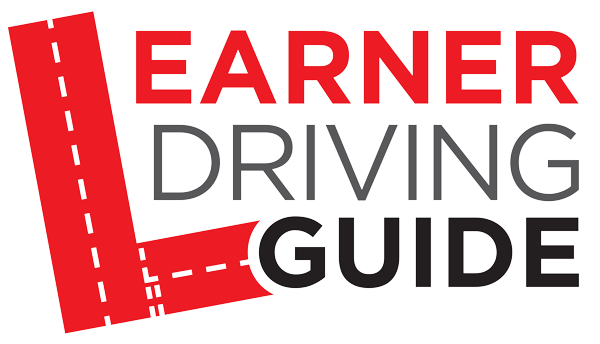PRACTICE MAKES PERFECT: A GUIDE TO PRACTICING DRIVING WITH FAMILY OR FRIENDS
The Learner Driving Guide will teach and support you with all you need to know about driving and also practicing driving, but there is, of course, no alternative to getting behind the wheel yourself. It is important to understand who you can legally practice with and the consequences of not adhering to the rules.
The right supervision
In the United Kingdom, you can legally practice driving alongside a qualified driver who is over twenty-one years old. They must be qualified to drive in the type of vehicle you want to learn in; if you are learning to drive a manual car, they need to have passed their manual practical driving test.
The person you are practicing with also needs to have held their license for at least three years; the license can be from the United Kingdom, the European Union, Switzerland, Norway, Iceland or Liechtenstein.
Breaking the rules
If you break any of these rules, even if you claim ignorance of the law, you can get up to six penalty points on your provisional license and risk a fine of up to £1000.
It’s also illegal for the person supervising you when you’re practicing driving to be using a mobile phone – even if they are not the one at the wheel.
Remember you cannot legally practice on the motorway, even if you are accompanied by a suitable supervisor.
Get covered
Accidents can happen, even through no fault of your own, so make sure you are covered by the right insurance.
If you are practicing your driving in someone else’s car, you will need to either make sure you’re covered by the car owner’s insurance policy or take out your own insurance policy that covers you driving in their car as a learner driver.
Please note that some insurance policies require the supervising friend or family member to be over twenty-five years old.
If you are lucky enough to be practicing in a car you own, you will need your own insurance; do check that your supervising friend or family member is covered on this too.
Without the right type of insurance, you can receive an unlimited fine; risk being banned from driving before you have even got your driving licence and get up to eight points on your provisional license.
Plate up
You need to apply an ‘L’ plate on both the front and back of the vehicle you are practicing in, so they can easily be seen by other drivers (in Wales, you can use a D plate).
The plate must have a red ‘L’ or ‘D’ on a white background and be the correct size – 178mm squared. (More information about L plate sizes).
You can get up to six penalty points on your provisional license if you don’t display the correct learner plates. When you are not behind the wheel of your supervisor’s vehicle, learner plates need to be removed.
Make a note
It’s a good idea to monitor your progress and record how much practice you have had.
You can refer back to the lessons in the Learner Driving Guide to see where you feel you may need further practice.
For recording your driving practice sessions, you might like to use this free downloadable sheet.
Your practice should include driving in the dark, on different types of roads and in different weather conditions. You will also need to practice how to navigate a route. The Learner Driving Guide will advise you of all the lessons you will need to master to be fully ready for your practical driving test.
Written by: Learner Driving Guide
Subscribe Today
Only £19.99/Month
How to pass your driving test! All you need with this rolling monthly subscription - ideal for manual and automatic learners of all abilities.
Use The Learner Driving Guide for as long as you need to. No long tie-ins; no cancellation charges. Just full access to all our 42 lessons, for as long as you need.

